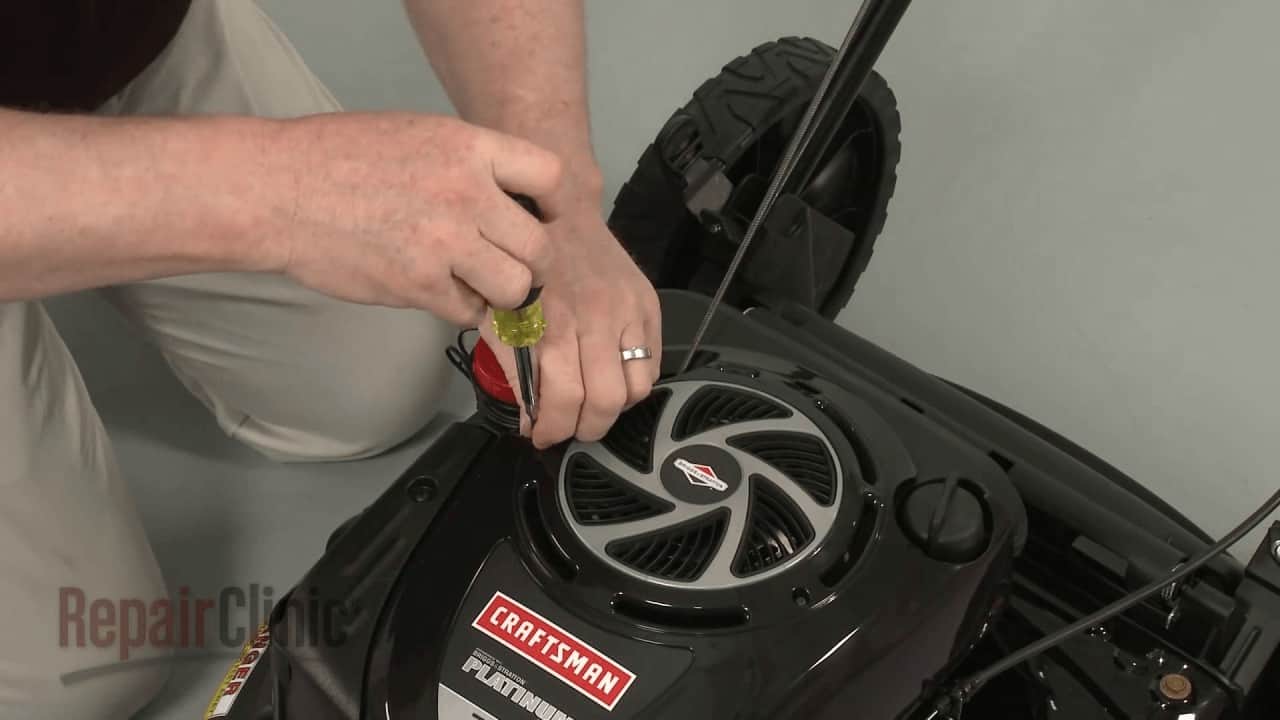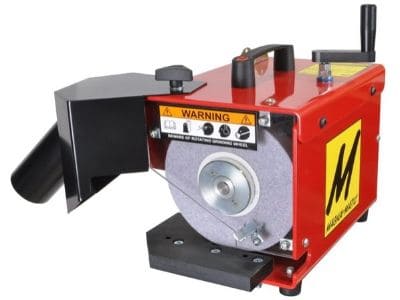How Does Lawn Mower Governor Work?
If you own a lawnmower that keeps revving up and down frequently, that might be a sign that you need tor replace the governor. However, what do governors do? What are they even there for?
You might have heard of speed governors in car engines, but lawn mower engines have them as well. Otherwise, they would become very difficult to operate efficiently. Governors are among the most important component of an engine, regardless of whether it is large or small. It works to maintain the speed limits of your lawn mower, so that you do not cause any accidents or injure yourself while using it.
In order to understand how they work, it is good to know what they are – just in case you might not know.
What is the Governor system about, and how does it function?
Think of the Governor system as a cruising control mechanism in a car, because the basic nature of the operation is the same. It serves to regulate the speed of the lawn mower, and helps to keep it steady as you operate it regardless of the amount of work the engine must do.
In the case of a lawn mower, the height of the terrain and the grass can affect the work load of the engine. If you are using a tractor, the thickness of the branches and soil will affect its workload. The job of the governor is to adjust the force (throttle) that the engine uses to do its work by detecting any changes that are occurring in the load, or else the engine will stop working.
There are various types of governors. For a lawnmower, it might have an electronic, pneumatic, or mechanical governor. The difference among these governors is their methods of detecting speed.
Why do you need to know the governor systems?
As mentioned earlier, the condition of the governor is very important in determining the life of your engine. The good news is that you will not need to adjust it, unless someone or something interferes with the governor arm or removes it. If you want to repair it, make sure to check the manual of the governor and see the adjustment procedures, as with any other repairs involving your lawn mower.
If the governor fails to work efficiently, it can shorten the life of your engine significantly. In addition, the engine will suffer a lot of damage if its speed is not under control. That is why you must never operate an engine under high speeds, especially when there is no load – otherwise, your engine inner parts will be permanently damaged due to wearing out.
Types of governors and how they work
Before setting off on learning the working mechanism, you will need to understand what the load is. It is basically the amount of work that the engine should perform for a certain distance. In the case of a mower, it is the grass height it needs to cut.
When you switch the lawn mower on and move it through the grass, the springs that are controlling the governor and the load will interact and some tension will form between them to balance them out. Different parts within the governor system will then step in in different ways to establish a balance, either by reducing or increasing the speed. The balance will continue, until you switch off the mower.
Once you witch off the motor, the spring that controls the governor will then pull the throttle to a wide-open position, and the mechanism stops working. The mechanism of operat3ion will differ with the type of governor your mower uses, which we will outline below.
Mechanical
In order to control the speed of the engine, the mechanical governor type will use flyweights and gears in its crankcase. These will detect the load changes, and then adjust the throttle accordingly.
If the mower is operating under a light load, the carburetor will push a limited amount of fuel-air mixture to the engine’s combustion chamber, which means the energy it uses will be less. For instance, when you are mowing relatively short grass or working on a very even terrain. The crankshaft will spin faster when the load is smaller, and slower when the work is more – all controlled by the governor.
When the load is lighter and the crankshaft spins faster, it will put greater pressure on the crank and governor cup. This eventually forces the throttle to close and reduce the fuel and air the engine gets. If the load is higher, the crankshaft will move slowly, which results in the flyweights relaxing and the throttle to open.
Pneumatic governor
Pneumatic governors regulate speeds through using air pressure. They do this through a plastic or metallic air vane, which will sense any changes to air pressure around the flywheel. It has the advantage of being easier to repair, as the parts are easy to access and the overall design of the system is simpler.
Like the mechanical type, it will incorporate the use of one or two springs, which pulls it in an open position. When the load becomes less and the speed of the engine increases, the air that enters the flywheel will also increase. That leads to the governor blade pulling the throttle forward and close it, so that the engine remains in a steady speed limit.
Electronic governors
This is a fully automated system, which consists of a stepper motor, a controller, and a magnetic pick up (in some cases). The pick-up will signal to the controller regarding the speed of the engine, and will also regulate the opening and closing of the throttle – resulting in the increase or decrease of speed respectively.
Note that some electronic systems will leave the controller to read the sparks and their frequency, which allows it to know the engine speed. This is particularly in case when the system does not have a magnetic pick up.
Final thoughts
Knowing the state of your governor is very important to controlling your lawn mower and its level of efficiency. This will also help you to detect problems with the working mechanism early on, and find solutions to it as soon as possible to restore your engine.






